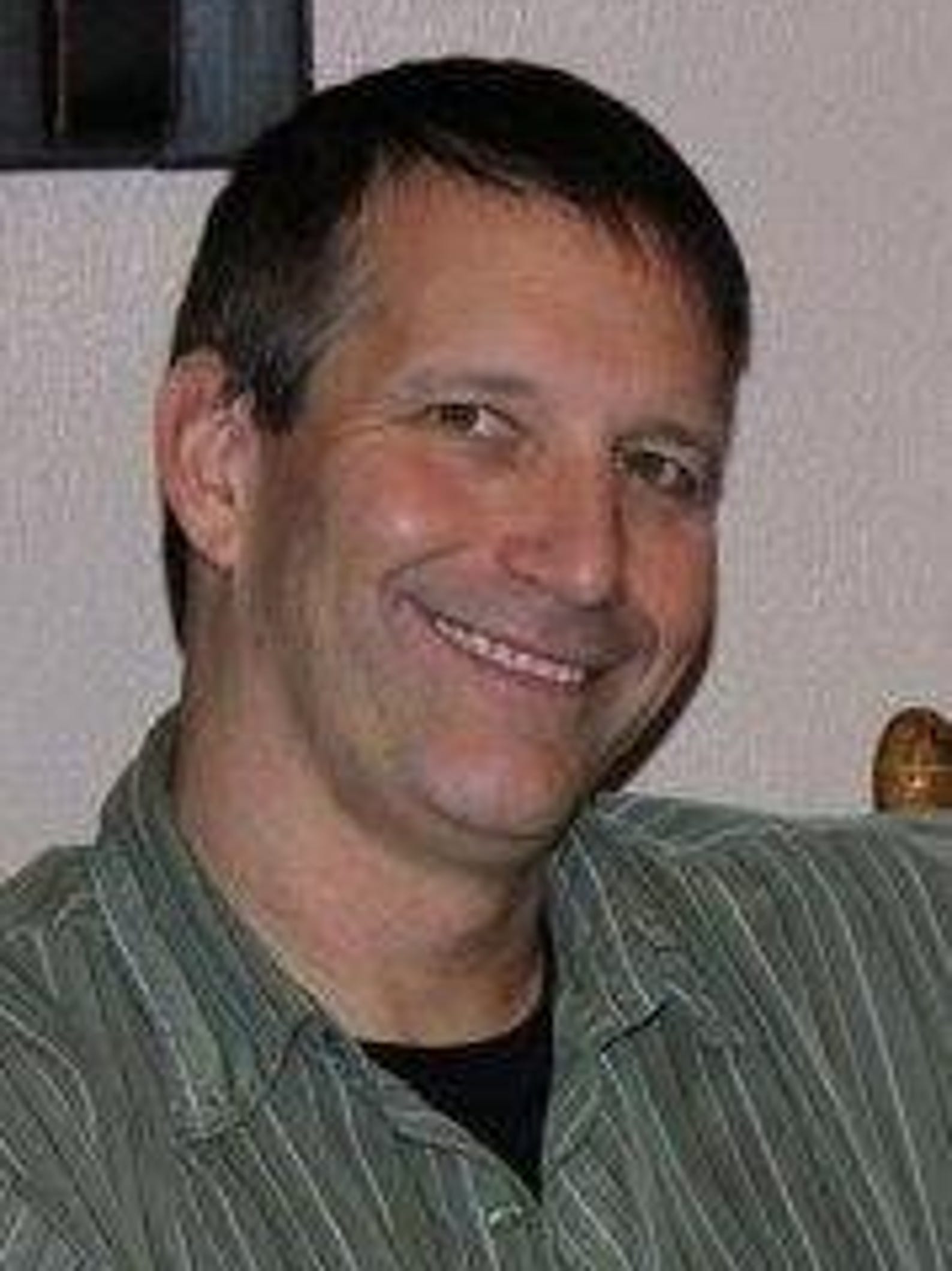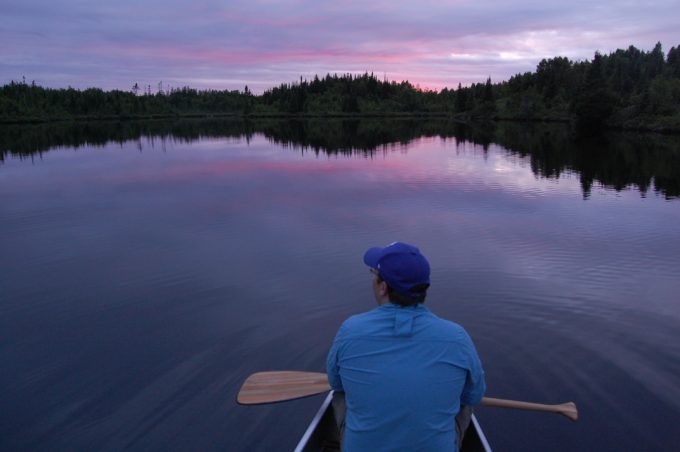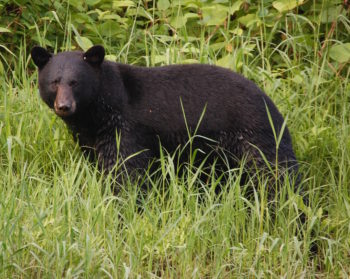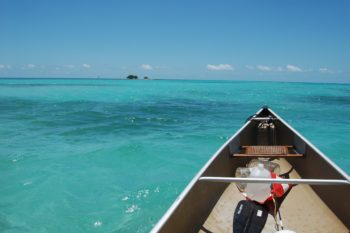Christmas is a season for kindling the fire for hospitality in the hall, the genial flame of charity in the heart. -- Washington Irving
It was Christmastime and I was feeling a little homesick. And like always to forget my troubles I went kayaking. I was paddling upstream along the river bank when I came across the Storyteller. Wearing rubber boots, an old leather jacket and his trademark Fedora, he was up to his ankles in the stream stooped over panning for gold. He stirred his pan carefully after standing upright, then held the pan like a waiter holding a plate picking through the big chunks of his find with his other hand.
“Winter is the most successful time of year for finding gold," he said as he noticed me coming towards him still sorting through his pan, "It was then and it still is now. Back then miners worked in freezing cold weather 10 to 12 hour days in leather boots, canvas pants, and a woolen blanket or coat. It was cold but if you were lucky you got gold.”
I beached my kayak along the shore and found a flat rock to watch him work.
"So how are you doing this holiday season?" he asked glancing up from his miner's tin. Seeing my expression he didn't let me answer before running calloused fingers through the sand and gravel again.
"Christmas was like gold in the mine camps," he explained, "Almost every miner took the holiday off, which was always a welcome relief. I think I'll take a break for a little bit too, besides my feet are getting cold in this water."
He waded out the water and sat down on the rock beside me. He was quiet for a moment while scanning his pan for anything before flecking its contents back into the river.
"They were predominantly young men who came out west seeking gold, so their Christmas celebrations were a mixture of unbridled carousing and lonely contemplation. They realized after getting out here that finding their fortune in gold was a lot harder than they previously thought," the Storyteller continued,"They found themselves in a harsh country a long way from home missing family and loved ones. And Christmas just reminded them of just how alone they were."
"One gold seeker named William," pointed out the Storyteller, "Found himself snowed in at his claim site far up along the river. It would not be much of Christmas for him he thought. Because of the drifting snow, he wouldn't be even able to make it to the gold camp to celebrate. The preacher there would offer some short Christmas message in the makeshift saloon. Then after singing a few carols, they would usher in the holiday by whooping it up and firing a gun or two into the air around the fire while a fiddler played a jig."
"Now, nobody called him Bill, " asserted the Storyteller, "It was always William. He came out here from someplace back east, maybe it was Wisconsin. He had been here for almost a year and so far hadn't had much luck and like many certainly hadn't struck it rich."
"He was spending his Christmas, alone and thinking about family back home while writing a letter to his sister Emma he wrote,
"Emma, It snowed hard all day yesterday and got so cold last night made it hard to keep a fire going. I wish that I could be at home today since it's Christmas. We could have a Christmas party. We would have the old gobbler roasted with a score of fat hens, pound cakes, pies, and lots of other good things. But the best of all would be the pleasure of seeing you all. Probably if we live we may be with you next Christmas. And signed it your loving brother, William."
"He wished he might be able to post the letter," the Storyteller speculated, "But back then especially in the wintertime, the weather and the terrain made it difficult, he had all but given up on getting his letter out or even hearing from anyone back home till next spring. For William, it would be a gloomy Christmas indeed."
"Helloooooo," echoed through the canyon," proclaimed the Storyteller, "Happy for any type of company William grabbed his coat and flipped open the flap of his makeshift cabin door and went outside."
"The snow was gently falling through the trees where William could make out a figure in a Mackinaw jacket and wide-brimmed hat propelling quickly towards him. It was Snowshoe Thompson one of the most dedicated mail carriers of the Sierra Nevada."
"Snowshoe was wearing a pair oak skis carved himself," emphasized the Storyteller, "They were nearly ten feet long and weighed about 25 pounds. As a young boy in Norway, he had used them to travel quickly over the snow-covered terrain. As a mailman Thompson's skiing ability soon became legendary. He could rocket down mountain slopes at nearly 60 miles per hour holding his balance pole out in front of him, dipping it one direction and then the other, all while carrying a pack that could exceed 100 pounds of mail and supplies. It was said nobody could dance on the heavy wooden boards like Snowshoe Thompson."
"With his charcoal smudged cheekbones to prevent snow blindness and beard layered with ice" the Storyteller explained, " Snowshoe whisked himself up the cabin."
"God Jul! Happy Christmas! William!" He exclaimed skiing up to the entrance of the cabin."
"Now most the time," reminded the Storyteller, "Snowshoe would just throw the mail toward the house, and then glide out of sight, up and over a hill. But today being Christmas he was on a special trip to spread some Christmas cheer."
"Merry Christmas!" William called out to him," continued the Storyteller, "Come in and sit by the fire."
"But Snowshoe shook his head and said he couldn't stay long he had more deliveries to make. He pealed the rucksack off his back and set it in the snow then open its flap and reached inside of it pulling out a package wrapped in a brown paper package tied with twine."
"I thought you might be snowed in up here," Snowshoe said to William with a thick Norwegian accent "I knew when I saw this package for you in town, I just knew I had to get it to you by Christmas. So here I am. "
"Snowshoe handed the package to William," said the Storyteller, "It was his first word from home since coming to California. He held it gently and read his sister's handwriting."
"Open it would you now," said Snowshoe, "So I can see what you got for Christmas."
"William," sighed the Storyteller, "Carefully untied a string and unwrapped the package containing a knitted scarf and five folded sheets of paper. It was a letter from his sister Emma updating with news about his family back east. He quickly read the letter's opening lines."
"Dearest William
I hope this letter finds you well. I only hope searching for gold in California is treating you? With any luck, this will arrive by Christmas for I know this scarf will keep you warm. I hope it will remind you of home and how we missed you."
"William again asked Snowshoe to stay for a spell, But once again Snowshoe shook his head and said there is a storm brewing and he would like to make get his deliveries made before it hit," explained the Storyteller, "William quickly went into the cabin to retrieve his letters home and a couple of coins he had been saving to offer payment. Snowshoe took only one coin for the postage of the letters and turned down the rest before soaring off like an eagle on his skis."
"As William finished the last lines of the letter saying,
"God bless you and keep you safe till we meet again your loving sister, Emma" concluded the Storyteller, "Snowshoe was just going over the hill."
"Merry Christmas Snowshoe Thompson!" hollered William."
"God Jul! echoed back.
The Storyteller then picked up his miner's pan and went back to the river. I found my paddle and went to my kayak.
"Hey kid," the Storyteller, called out to me my boat, then with a slight pause then added "No matter where you are kid, Christmas will find you. Merry Christmas."
"Merry Christmas to you too," I said paddling away.








































